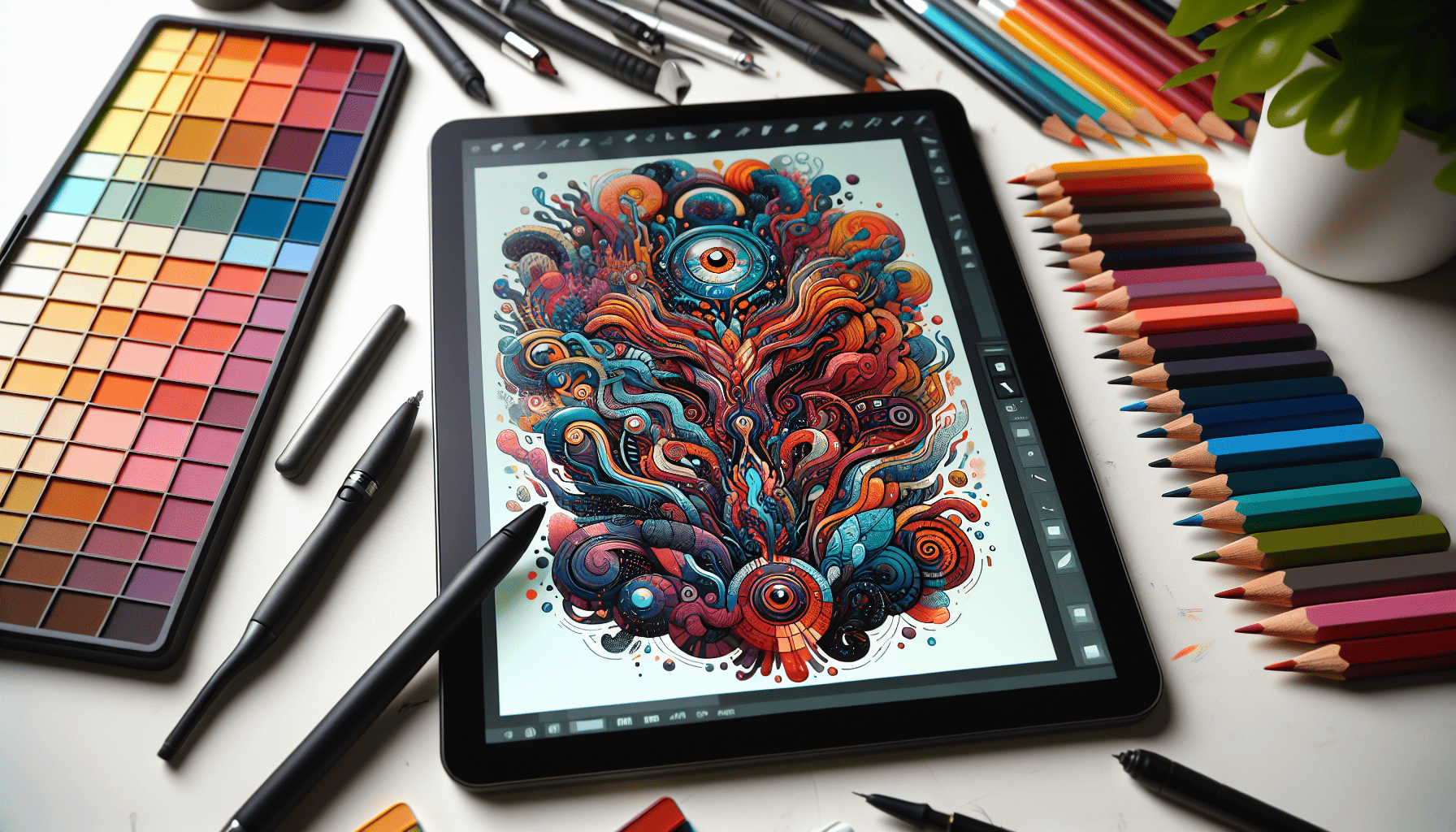In an era where visual content reigns supreme, digital illustrations have emerged as a powerful medium that bridges the gap between storytelling and artistic innovation. These bespoke creations do more than just decorate a page; they captivate, inspire, and evoke emotions, turning abstract concepts into vivid experiences that resonate deeply with audiences.
Digital illustrations are uniquely positioned at the intersection of technology and art. Unlike traditional illustrations, they leverage cutting-edge software tools to push the boundaries of creativity. Artists have at their disposal an array of digital brushes, colors, and effects that were once unimaginable, allowing for a level of detail and precision that is often unattainable with conventional mediums. This technological edge not only enhances the visual quality of the illustrations but also enables artists to experiment with styles and concepts instantaneously.
The beauty of digital illustrations lies in their versatility. They can be tailor-made to suit the narrative requirements of any story, whether it’s the whimsical world of children’s books, the dramatic sequences of a graphic novel, or the sophisticated elegance of editorial illustrations. Each piece can be personalized to reflect the mood and theme of the story, capturing attention in a sea of content and leaving a lasting impression on viewers.
Moreover, digital illustrations serve as powerful storytelling tools. They hold the unique ability to convey complex ideas through imagery that words alone may struggle to communicate. The subtleties of human emotion, the dynamics of fantasy worlds, and the intricacies of real-life events can all be encapsulated in a single frame. This makes digital illustrations indispensable across various industries, from advertising and marketing to education and entertainment.
The emotional resonance of digital illustrations is particularly profound. By skillfully combining elements such as color, composition, and texture, artists can influence the viewer’s mood and emotions. A splash of vibrant colors might invoke joy or excitement, while muted tones might convey melancholy or introspection. This emotive power is what transforms a static image into a compelling narrative that connects with its audience on a personal level.
As the demand for memorable and engaging content continues to grow, the role of the digital illustrator becomes ever more essential. Their work not only enhances the aesthetic appeal of a story but also enriches the audience's experience, ensuring that the narrative is not only seen but also felt and remembered.
In conclusion, digital illustrations are far more than just images; they are an art form that brings stories to life. By capturing attention and evoking emotions through artistic expression, they add depth and dimension to narratives, making them an indispensable tool in the modern storyteller's toolkit. As technology continues to evolve, the potential for digital illustrations to transform visual storytelling is immense, promising a future where stories are not just told but truly experienced.
